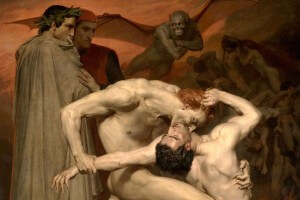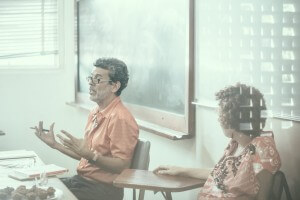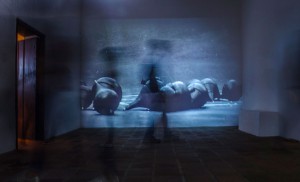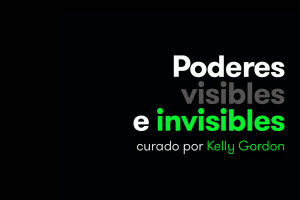It is always moving to end a cycle when the experience has disrupted and produced palpable effects on those involved. It was an honor for us to be part of the seminar Micropolitics of Creation, Archives, and the Cities of the Future. It was also a true learning process, seeing ourselves through the gaze of others, and to distance ourselves and listen to the archive of contemporary voices that we had been building, which professor Camila Pulgar Machado sighted when she invited us to join her. The enthusiasm that permeated this class at the School of Literature in the UCV infused the entire team of Backroom Caracas. Exchange and reflection overflowed the walls of the classroom, spread onto the city, populated digital spaces, and attempted other languages, ever flowing between the public and the personal.
We proudly present a selection of final pieces produced by students in this academic adventure that reaffirms our commitment to the pedagogical power of art.
Gabriela Di Miele Quintero
Archivo de una percepción del color [Archive of a Perception of Color]
http://mecanismossueltos.tumblr.com/
«If the eye were not sun-like
It could not see the sun;
If we did not carry within us the very power of the god,
How could anything god-like delight us?»
Johann Wolfgang von Goethe, Theory of Colors.
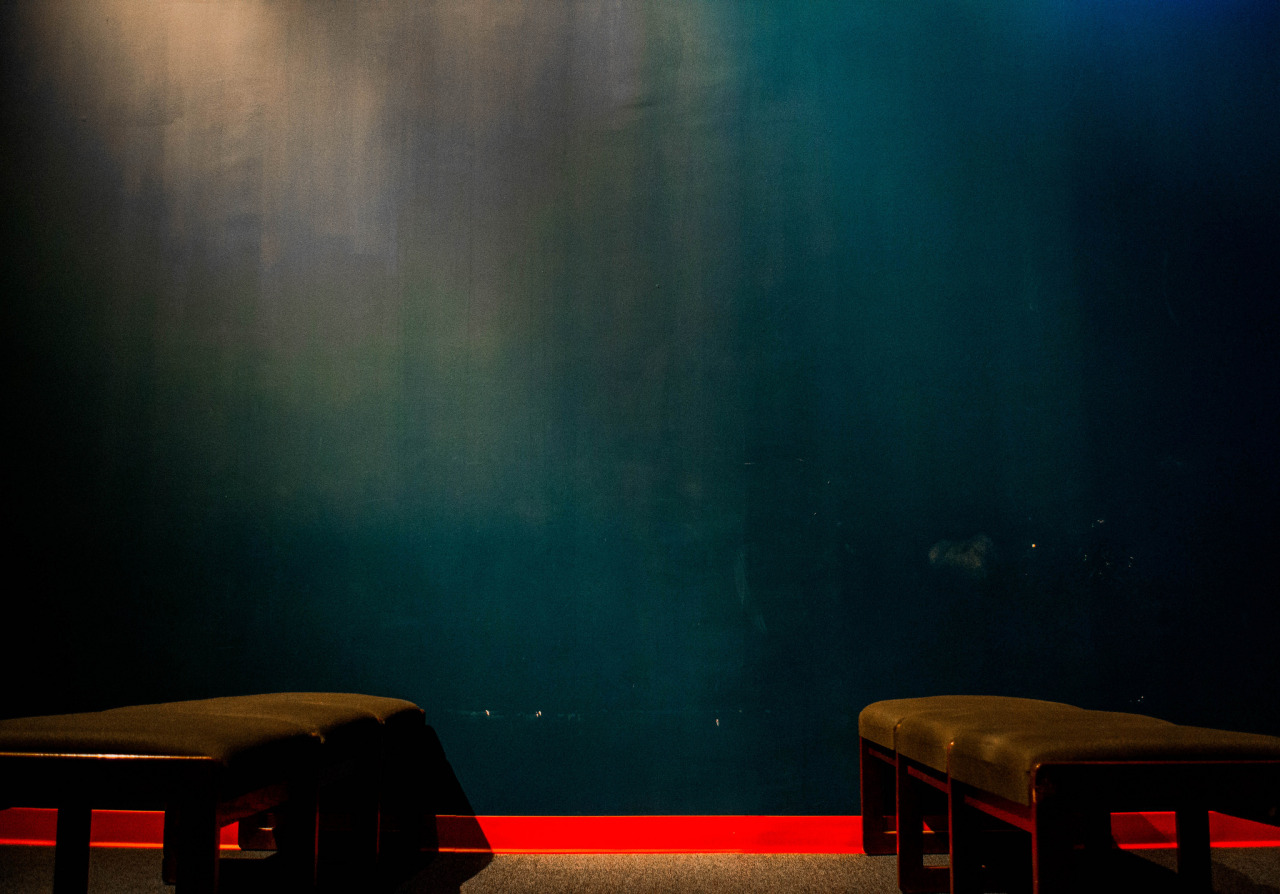
Sometimes, titles are like apologies or warnings: “A” perception because I dare not enter the difficult waters of color theory or of formality, and because the decomposition of light needs to happen in an eye, my eye. It is a search inside memory, which is an archive. Why color? Color is an act of perception, a circumstance; some indigenous peoples do not recognize blue, and groups in other geographical points can identify many shades of white on slopes of snow. Color has its own loose mechanisms in memory, it is mute expression—“mute”: what a difficult word for a Literature student to accept—. A few months ago, I began to study Graphic Design, and perhaps my approach is about trying to establish a dialogue with the visual without disturbing its grounds. After all, both schools, literature and design, begin with the ability to see:
“You must learn how to see.”
Miguel Arroyo, message printed on the floor of the hall of the School of Literature.
“Can you see it? It’s beautiful! With me, you will learn how to see.”
Amelie Areco, during a session of Color I.
The good thing about archives is that they are never islands adrift. Several close looks built this archive, both this small sample and the deep surface of memory.
Yuruani Sánchez
Holding into…
What mysterious manifestation of the unconscious is this? One not related ––at least not directly–– with consciousness and its interests, or with that which is expressed in concrete forms. Understanding the unconscious as the field of production of the territories of existence, their cartographies, their production operated by desire, the enigma is undone: more than enough reasons exist to justify it.
Rebeca Martínez
Nos moriremos hasta el amor, cartografía sobre la muerte /el canibalismo/ y sus formas (no)habituales [We Will Die Until Love: Cartography on Death / Cannibalism / and its (Non)Habitual Forms].
http://nosmoriremoshastaelamor.tumblr.com/

Here I am, depositing fragments of an archive that I have been weaving internally throughout this year. The order of it is intuitive: a post reminds me of something so I publish it, and so on. I still don’t know very well what its subject is ––it seems to oscillate between several themes. Perhaps it is more of a conglomerate, or a rhizomatic structure, a machine that comes into contact with other machines. I could say that I’m still in a stage of exploration. In some of the posts, I have added comments to try and thread together or expand my experiences ––from my personal Tumblr, because Tumblr so wanted it, a mistake that later gave me a strong dose of success, otherness, and the sensation of distance involved in contemplating oneself. The truth is that I have not finished this piece, but I feel that it can’t be finished: the archive continues to grow from memory, retrospectively, and also forward, with my future findings.
Laura Linares
Archivo de mi ciudad: de las palabras hacia la mesa [Archive of My City: From Words to Table]
Available in PDF: Backroom Archivo Mi ciudad.
Jenny Pereira
EL ARCHIVO: Acumulación de materiales
[ARCHIVE: Accumulation of Materials]
EL ARCHIVO: ACUMULACIÓN DE MATERIALES, DE JEN EN VIMEO.
Carlos Gabriel Blanco Bifano
Personal Archive







